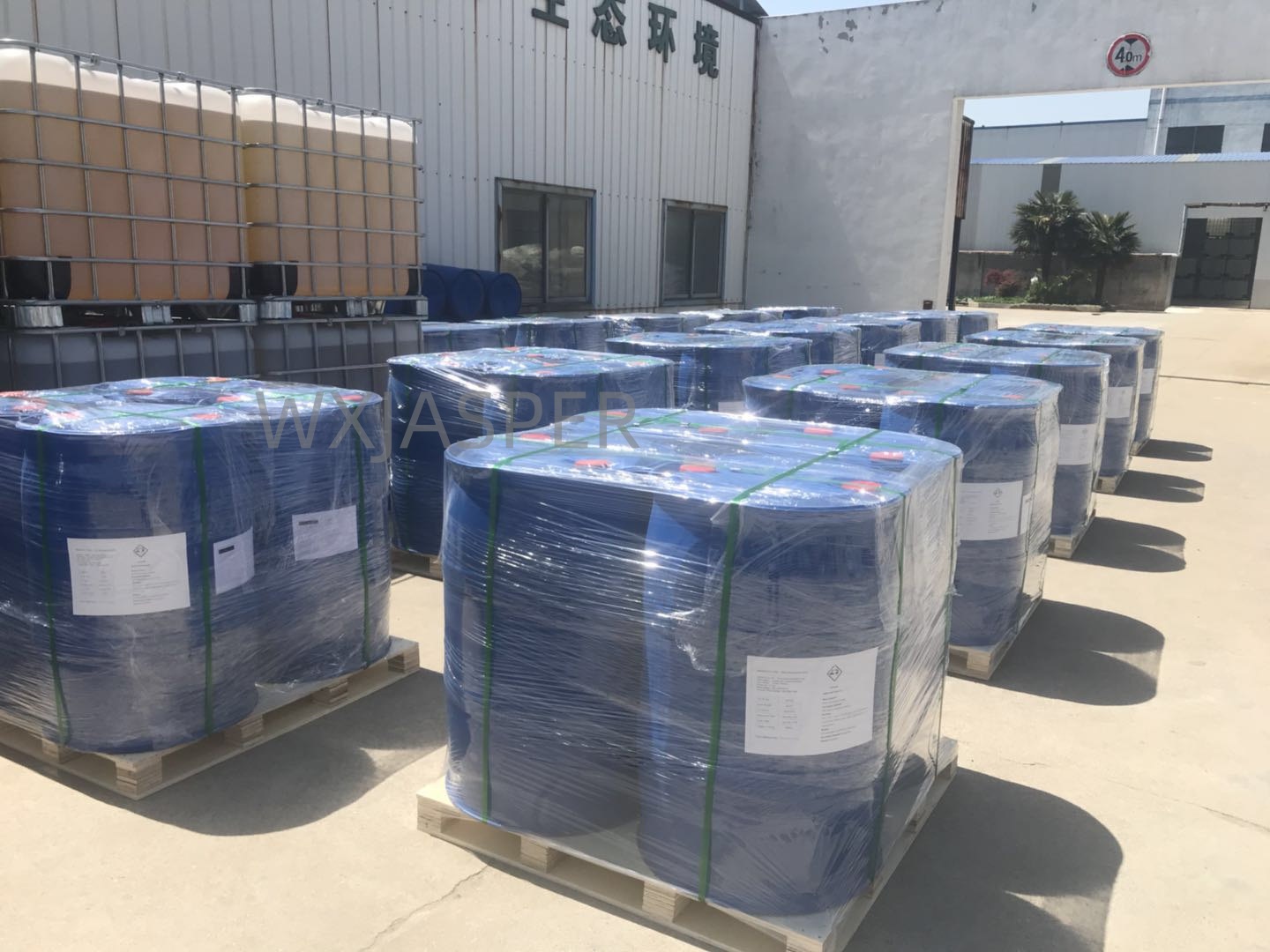Your Location:Home > Products > Solvents > Disodium Laureth Sulfosuccinate



CasNo: 40754-59-4
MF: C22H40Na2O10S
Appearance: liquid
Delivery Time: 15 days
Packing: 200kg/drum
Purity: 99%
Personal Care (Core Scenarios):
Oral Care:
Household & Industrial Cleaning: